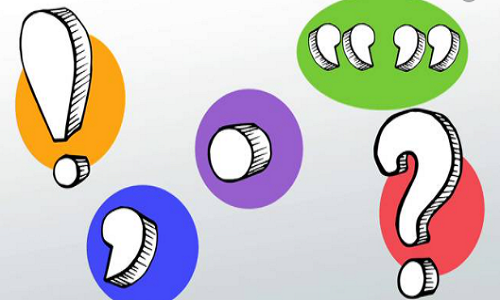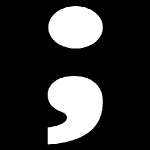The use of punctuation in search engine optimization and writing
Punctuation is very important for the flow of content. The reason is that SEO is about optimising for the users first and search engines second. Good content is not only about the story of the information conveyed, but also about the way punctuation is used in the text. It can be very hard to use punctuation this is the reason why we invite you to read this article.
Punctuation in the URL
Do not use question marks or exclamations in your domain name. One of the reasons is that punctuations such as the ones mentioned are ignored or viewed as “code” language. It will just mess up your domain name.
However, the only punctuations that are allowed to be used in URLs are either a hyphen “-” or an underscore “_” as word dividers. While both are approved, it is recommended that you use hyphens as word dividers (separator) in your domain (www.bleu-red.com instead of www.bleu_red.com).

Punctuation in title tag, and description
Here are some examples of punctuation you can use:
Pipe
You can use a pipe “|” in a title tags. It is perfectly ok to use it, especially to separate elements of the title. Just make sure not to overdo it (just once is enough).
Commas, hyphen…
You can use commas “,”, hyphens“–” and colons “:” within the title. The advice we can give is to use less punctuation in meta description and titles. Remember that your main focus is users and then search engines.
The Ampersand
The ampersand (&) is a punctuation mark that can cause problems when put in a title. It’s not advisable. The reason is simply because Google might make a distinction between the meaning of “&” and “and” since it is incorporated into many brand name.
Punctuation in the content
Commas and semicolons are the two most used punctuations in content. Many writers have difficulties using these two punctuation marks properly. We give you some tips below to help.
Commas
A comma is used frequently in the creation of content no matter the language. Many writers add a comma to show a pause. Nowadays, it is used to make the content clearer for readers.
You can use commas as you wish, but don’t use Oxford commas. It’s “blue, white and red,” not “blue, white, and red.” The second example, where there is a comma before “and red”, is of the Oxford variety, and they’re outdated.
However there are some rules to be respected:
- Put a comma before a coordinating conjunction that separates two independent sections.
For example: We washed the cat, and then we cleaned up the mess that he made.
- Put a comma after opening words, phrases, or sections in a sentence.
For example: once upon a time, mermaid……..
- Use a comma to set off elements that interfere or add information in a sentence.
I suppose, yes, we could make ithappen
Semicolons and Colons
Semicolons and colons were initially used to define breaks or pauses shorter than a full stop and longer than a comma. Now, they are used to illustrate certain grammatical relationships, with the colon being the more emphatic of the two.
Semicolons are used to divide independent sections in 3 different ways:
- When there are no conjunctions dividing the clauses.
 For example: I love you; Benjie loves you, too.
For example: I love you; Benjie loves you, too.
- When the sections are divided by some parenthetical expression or by a conjunctive adverb set off by a comma.
For example: “I am crucified with Christ; nevertheless, I live.–Galatians 2:20.”
And “Julien was tall; Melky, on the other hand, was short.”
- When the sections themselves comprise of commas.
For example : She wears a dress with a fringe, a leather jacket on top; but I prefer blazers myself.


